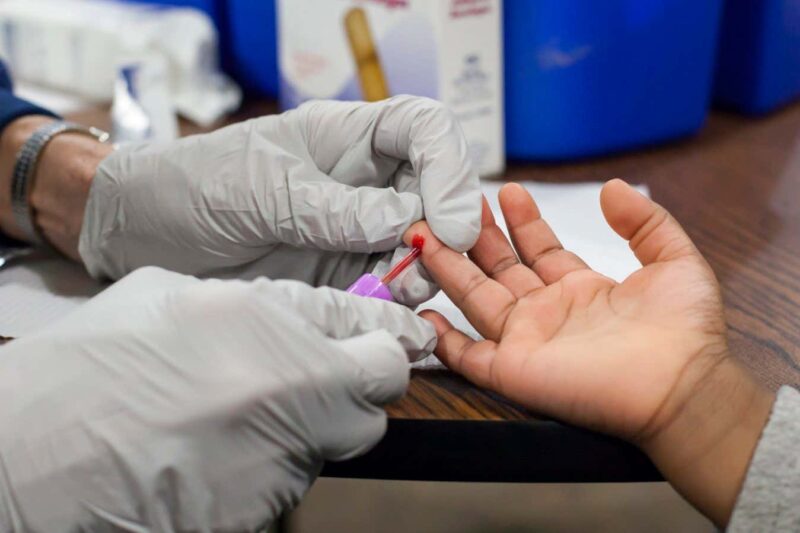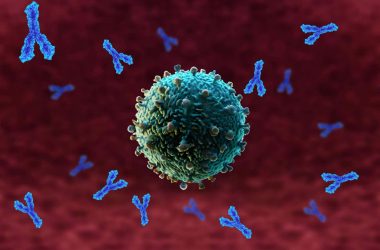A blood sample being taken from a 3-year-old girl in Flint, Michigan, to test for exposure to lead
JIM WEST/SCIENCE PHOTO LIBRARY
According to a review of 17 studies, the more lead individuals are exposed to during childhood or in the womb, the higher the likelihood of engaging in criminal behavior as teenagers or adults.
“The evidence indicates an increased risk for criminal behavior years later,” says Maria Jose Talayero, a researcher at the George Washington University in Washington DC.
Lead exposure has decreased in many countries, primarily due to the removal of lead additives from gasoline. However, there is no safe level of exposure, as any amount is believed to be harmful.
It is estimated that globally, 1 in 3 children have blood lead levels above 5 micrograms per deciliter, which can lead to diminished intelligence, behavioral difficulties, and learning problems. These effects are irreversible.
In Mexico, for example, the main source of exposure is the continued use of lead in pottery glazes. Other sources of exposure include lead piping, electronic waste, and consuming birds that have been shot with lead pellets.
The decline in lead exposure in many countries has been paralleled by a reduction in crime rates, suggesting a possible link between metal exposure and criminal behavior. However, establishing this relationship requires extensive studies that directly measure lead exposure in individuals and examine its association with criminal behavior.
Talayero and her colleagues have analyzed 17 such studies conducted globally, including in the US, Scotland, Brazil, South Africa, and New Zealand. The methods and findings of these studies varied significantly.
Some studies found no correlation between lead exposure and delinquency, while one found a link with antisocial behavior but not arrests. However, the majority of studies did show connections between lead exposure and subsequent arrests, delinquency, or aggressive behavior.
Overall, this suggests an association, but Talayero emphasizes the need for further research to establish causality. “It’s extremely challenging to prove,” she explains. “Criminal behavior is a complex concept with numerous additional factors involved.”
Topics:








